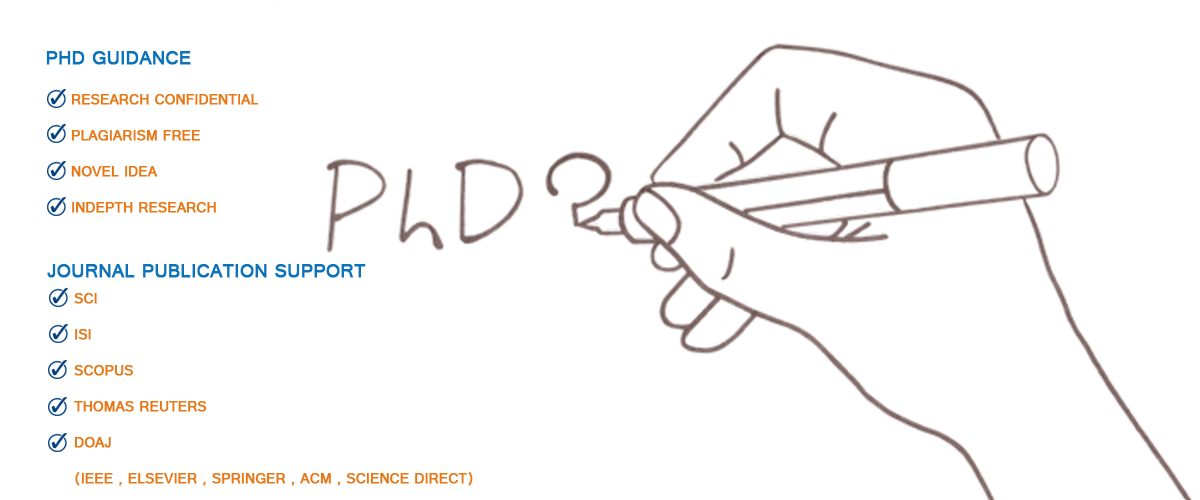Ns2 project in Dunedin
Ns2 project in Dunedin each child node contains the conditions necessary for the corresponding conditional expression to be true, and a ns2 project in dunedin flag indicating whether it has been found true. The root node, which represents the potentially redactable instance on the RHS, is trivially true, since only by ns2 project in Dunedin receiving a complete instance could the WF structure be initialized; thus it does not appear in the list of conditional expressions.
The structure is called a Wait-For structure, indicating that it is “waiting for” the instances necessary to redact the instance stored at itjs root. WF ns2 project in Dunedin structures are accessed through hash tables, one for each rule. As an instance of some rule r arrives, it is hashed into the hash table HTBL(T) that is specific to HTBL(r) ns2 project in Dunedin holds pointers to the WF structures for each instance of . The hash tables are created such that the corresponding hash functions are defined on the attributes relevant to ns2 project in Dunedin metarule matching. An access-efficient representation of the metarules. This table holds information on the freeness of rule instances.
A rule instance is ns2 project in Dunedin free if the corresponding base rule does not appear on the RHS of any metarule. Thus, free instances will never be subject to redaction, and are ignored by the MRP. The CMRT also contains information on the relevance of various rule instance classes to the matching of ns2 project in Dunedin each metarule in the user program. As noted above, all sites send rule instances to the MRP as they are generated. Rule instances are collected in a queue read by the MRP. When ns2 project in Dunedin a site is done generating rule instances, it, puts a message ns2 project in dunedin SENTALL on the queue, and the MRP tracks the receipt of this message from all sites to determine when all instances have been received.







